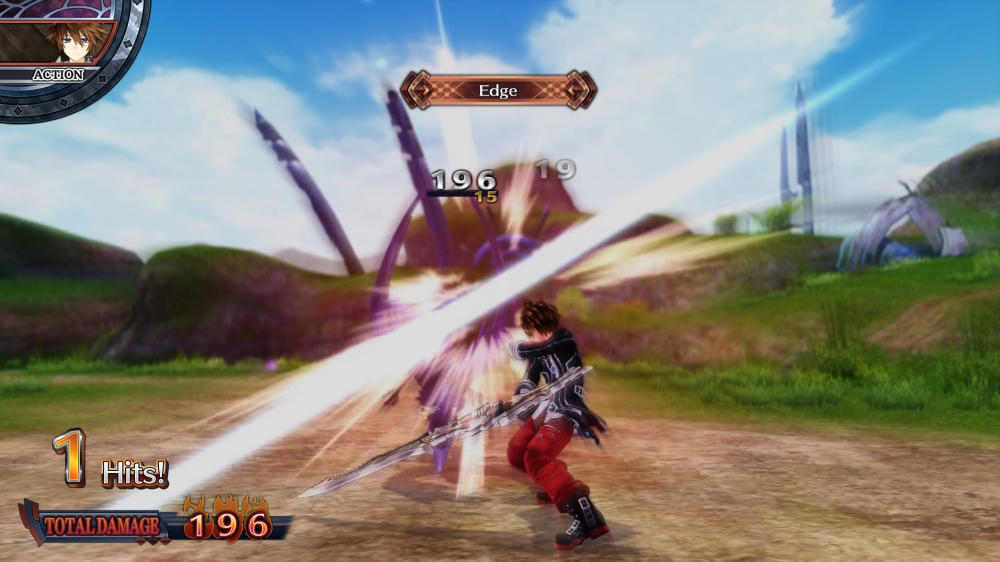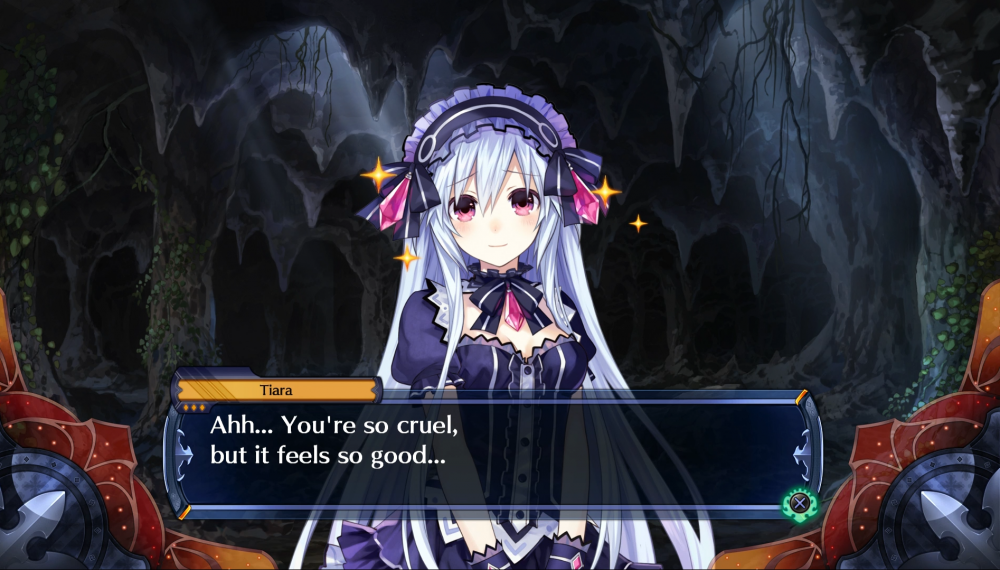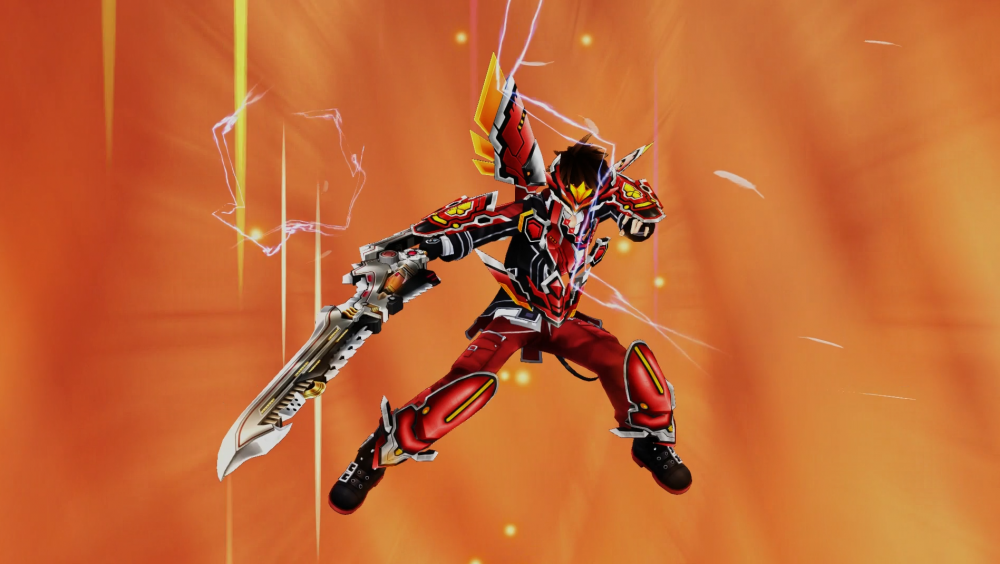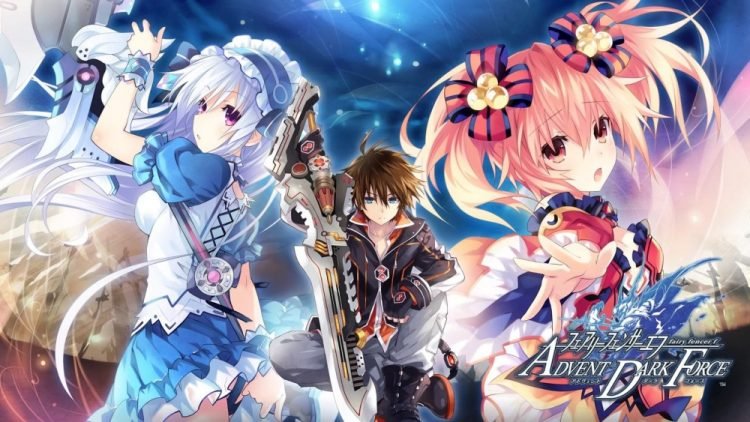In all honesty, for those familiar with Idea Factory (or more accurately, Idea Factory and Compile Heart) and their games, there is not much to say in an introductory paragraph. For the uninitiated, Idea Factory is a developer popularized by a line of RPGs featuring visual novel-style storytelling. Though typically grindy, these games always offer fun and interesting characters set in a unique world that will last for dozens if not hundreds of hours. Now, much like Hyperdimension Neptunia before it, Fairy Fencer F has received a remaster. Was this a title worth bringing back? Was there no Fairy Fencer F 2 because there’s no more story to tell, because Neptunia remains IF‘s priority, or because it was best left alone? Let’s crack open Fairy Fencer F: Advent Dark Force and find out.
Game Name: Fairy Fencer F: Advent Dark Force
Platform(s): PS4
Publisher(s): Idea Factory
Developer(s): Idea Factory, Compile Heart
Release Date: Idea Factory
Price: $59.99
Fairy Fencer F is the story of a young man named Fang and his adopted journey to revive a fallen goddess. To keep it concise, furies are weapons that contain fairies in them that select their own master. These weapons also can and were used to bind both the benevolent goddess and vile god thanks to the collective power of these bound fairies. If that didn’t keep the plot spicy enough, it is also said that whoever can collect all of the furies will have a single wish granted. Simply put, the heroes want to gather all the furies and use the wish to revive the goddess because both she and the vile god are slowly returning to life on their own; therein, it’s best that the goddess be at full power as soon as possible to prevent the vile god from ruining the world. Others, however, would use this wish to their own ends, be they good or evil.

With all that said, Fairy Fencer F’s story is kind of all over the place. In all honesty, the story would feel stronger if the god and goddess were written out of the story completely. On one level it does lower the stakes quite a bit, but it also allows for more focus on the world and its characters. After all, characters and their interactions are Idea Factory’s bread and butter. Within the game there is a weirdo with a Canadian accent, a prim and proper lady with a verbal abuse kink, a girl with an unhealthy obsession with all things fairy, a girl who’s social anxiety is so bad that she can only communicate by saying”kill” over and over again, and many more. However, the scale of this quest was so large that each of these characters meant less than they could have. This came to a head when one of my favorite characters was suddenly killed in battle. She was an enemy, sure, but there was no ceremony or
However, the scale of this quest was so large that each of these characters meant less than they could have. This came to a head when one of my favorite characters was suddenly killed in battle. She was an enemy, sure, but there was no ceremony or tact in the scene at all; the battle ended, and a short visual novel segment played wherein the character attempts to attack Fang and is struck down mid-attack. All there was after was “did *they* really have to die” at the tail end of the segment. I can’t say for sure, but I feel as though there would be more room for feeling and development towards the characters if the story was simply hunting down furies for a wish without this goddess storyline.
Still, though, if nothing else, the core cast does still have a strong interaction. As I mentioned, each major character is what is known as a “fencer,” which is just the technical term for a fury wielder. As such, each of them has a fairy that acts as their foil. For example, Fang’s air-headed lazy personality is offset by his fairy Eryn, who is sensible and level-headed. The prim and proper Tiara’s fairy is a small furry animal, but she treats Fang as her subordinate and in such almost makes it feel as though he‘s her fairy. Ultimately much like other Compa/Iffy games, Fairy Fencer F’s characters and pairings are fairly simple. However, these characters are expertly placed in situations and with others that maximize their effectiveness and impact as characters. Unfortunately, though, the pacing allows for only a precious few of these moments to occur.

On a gameplay level, Fairy Fencer F is to Hyperdimension Neptunia what Ronin Warriors is to Sailor Moon. That is to say, similar in high concept, but a bit more masculine (and easier to explain to loved ones). The exploration is free-roaming across 3d dungeons, and the storytelling is in visual novel format. Even the combat here was built on the Neptunia system of free-roaming battle space with the emphasis on optimum attack strings and area of attack for weapons and skills. The system isn’t all that complex, but having the option to choose from so many different combo options and positioning to get the most enemies possible within a blast radius makes the game’s grind less tedious. If there is one point of contention though, it’s that number of combo hits is a stat that needs to be upgraded at the player’s discretion. Since every hit has the potential to do as much or even more than the last, combo hits are arguably the most important stat to raise; so much so that it becomes a mandatory drain on WP (stat increase currency). At that point, it would make more sense to just lower WP earnings overall and in exchange just give additional combo hits with certain level milestones to match the area in the game wherein they would need the extra damage those hits would offer them.
If there is one point of contention though, it’s that number of combo hits is a stat that needs to be upgraded at the player’s discretion. Since every hit has the potential to do as much or even more than the last, combo hits are arguably the most important stat to raise; so much so that it becomes a mandatory drain on WP (stat increase currency). At that point, it would make more sense to just lower WP earnings overall and in exchange just give additional combo hits with certain level milestones to match the area in the game wherein they would need the extra damage those hits would offer them.

Overall, Fairy Fencer F: Advent Dark Force creates an interesting premise but overshoots its scale. The characters are genuinely fun and entertaining but ultimately they fall victim to the all-engulfing goddess and vile god plot. I cannot speak for why there was never another Fairy Fencer game per se, but if I had to guess it was that the original game just came as a neat idea that Idea Factory wanted to see realized just to see how it would turn out. In that regard, I would say that Fairy Fencer F, in general, is a worthwhile romp, especially now that the remaster has brought with it additional characters and story routes. Regardless, if you’re looking for a one-off romp that will offer fun characters and combat, you can easily do worse than Fairy Fencer F: Advent Dark Force.
*This game was provided to The Outerhaven Productions for review purposes. You can find additional information about our review policy here.
Fairy Fencer F: Advent Dark Force
Fairy Fencer F: Advent Dark Force is in kind of a weird spot. The characters and gameplay are fun but at times they can be hard to invest in due to the over-scoped plot. Normally I would say go for it and just don’t get too invested; but this is a JRPG we’re talking about here, not some beat ’em up or other quickly-concluded escapade. However, the ideas present in the world are unique and there’s a guy with a Canadian accent, which is rare enough to cherish whenever it pops up.
If you’re looking for something fresh to scratch that RPG itch of yours, Fairy Fencer F: Advent Dark Force is a worthy offering.
Pros:
- Solid/fresh world and character motivation
- Dynamic character interactions/pairings
- Clever and comedic dialogue
Cons:
- Overbearing stakes take away from character focus
- Upgrade system is confusing the first time around
- Despite strong on simple levels, many character interactions fall flat due to lack of meaning on a broad scale.
-
Kill Kill, KILL KILL KILL (It's worth a look)


